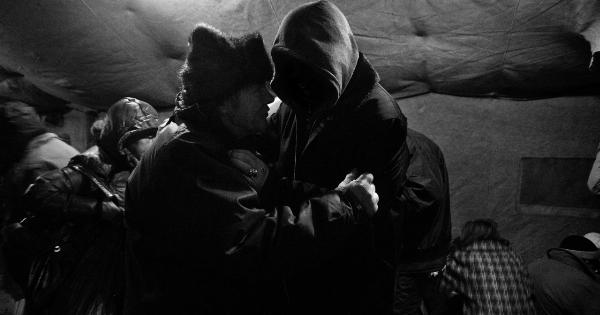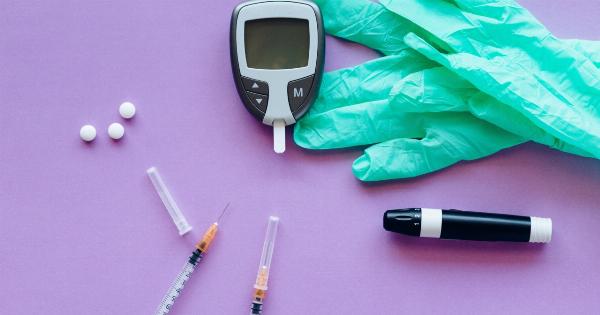Facial bladder removal, also known as cystectomy, is a surgical procedure that involves the removal of a bladder growth or cyst located on the face.
This comprehensive analysis aims to demystify the process of facial bladder removal, shedding light on its indications, procedure, recovery, and potential complications.
Indications for Facial Bladder Removal
The decision to remove a facial bladder growth or cyst is typically made based on several factors, including:.
- The size and location of the bladder growth
- The presence of symptoms such as pain, discomfort, or aesthetic concerns
- The suspicion of malignancy or the need for further examination
Preoperative Preparations
Prior to performing the facial bladder removal procedure, a thorough evaluation of the patient’s medical history and a physical examination are conducted.
In some cases, additional tests such as imaging studies or a biopsy may be required to determine the nature of the growth or cyst.
Procedure Overview
The surgical procedure for facial bladder removal is typically performed under local or general anesthesia. The specific technique used may vary depending on the size, location, and characteristics of the bladder growth.
The most common approach involves making a small incision near the bladder growth and carefully excising it from the surrounding tissues.
Risks and Complications
As with any surgical procedure, facial bladder removal carries certain risks and potential complications. These may include:.
- Infection at the surgical site
- Bleeding or hematoma formation
- Scarring or changes in skin pigmentation
- Damage to nearby structures such as nerves or blood vessels
Recovery and Postoperative Care
Following facial bladder removal, the patient is usually advised to keep the surgical site clean and dry. Pain medications may be prescribed to manage any postoperative discomfort.
It is essential to follow the surgeon’s instructions regarding wound care and any necessary follow-up appointments.
Expected Results
The results of facial bladder removal can vary depending on the individual case and the nature of the bladder growth. In most instances, the procedure effectively eliminates the growth or cyst, providing both functional and aesthetic improvement.
However, it is important to note that scarring may be present at the surgical site.
Conclusion
Facial bladder removal is a surgical procedure performed to remove bladder growths or cysts on the face. This comprehensive analysis aimed to demystify the process, highlighting its indications, procedure, recovery, and potential complications.
By understanding the intricacies of facial bladder removal, patients can make informed decisions and have realistic expectations regarding the outcome of the procedure.































